California: The Golden State’s Burning Reality
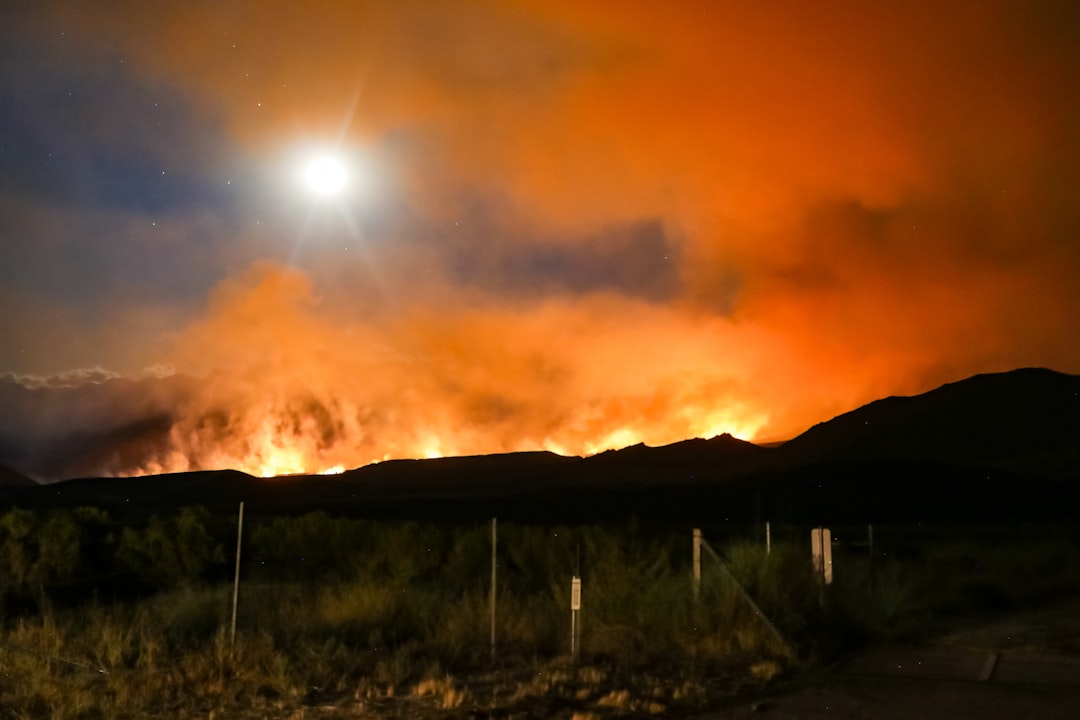
California continues to dominate wildfire statistics with devastating consistency, experiencing a 300% increase in annual burned acreage since the 1970s according to Cal Fire data from 2024. The state witnessed over 7,000 fires in 2024 alone, burning approximately 1.9 million acres across diverse landscapes from coastal chaparral to mountain forests. Climate change has extended California’s fire season by an average of 75 days compared to previous decades, with some regions now experiencing year-round fire weather conditions. The combination of prolonged drought, extreme heat events exceeding 110°F, and powerful Santa Ana winds creates a perfect storm for catastrophic blazes. Recent studies by UC Berkeley show that California’s fire risk has increased by 500% in certain high-elevation areas, making it the undisputed leader in America’s wildfire crisis.
Texas: Where Size Meets Fire Intensity
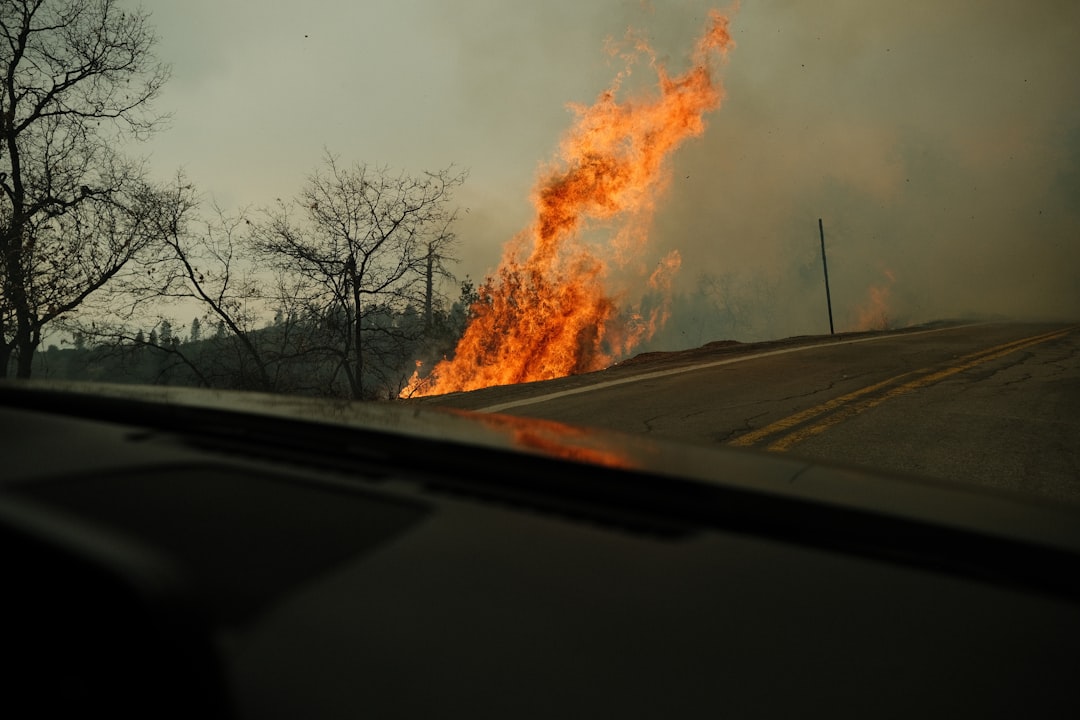
Texas has emerged as a wildfire powerhouse, with the state experiencing a 250% increase in large fires (over 1,000 acres) between 2020 and 2024 according to the Texas A&M Forest Service. The devastating 2024 Smokehouse Creek Fire became the largest wildfire in Texas history, consuming over 1.1 million acres in the Panhandle region. Extreme drought conditions, with some areas receiving less than 25% of normal rainfall, have turned vast grasslands into tinderboxes ready to explode at the slightest spark. Wind speeds regularly exceeding 40 mph during fire events create rapid spread conditions that can advance flames at rates of up to 5 miles per hour. The state’s unique geography, combining vast grasslands with scattered timber, provides continuous fuel loads that allow fires to travel hundreds of miles without natural breaks.
Colorado: Mountain State Under Fire Pressure
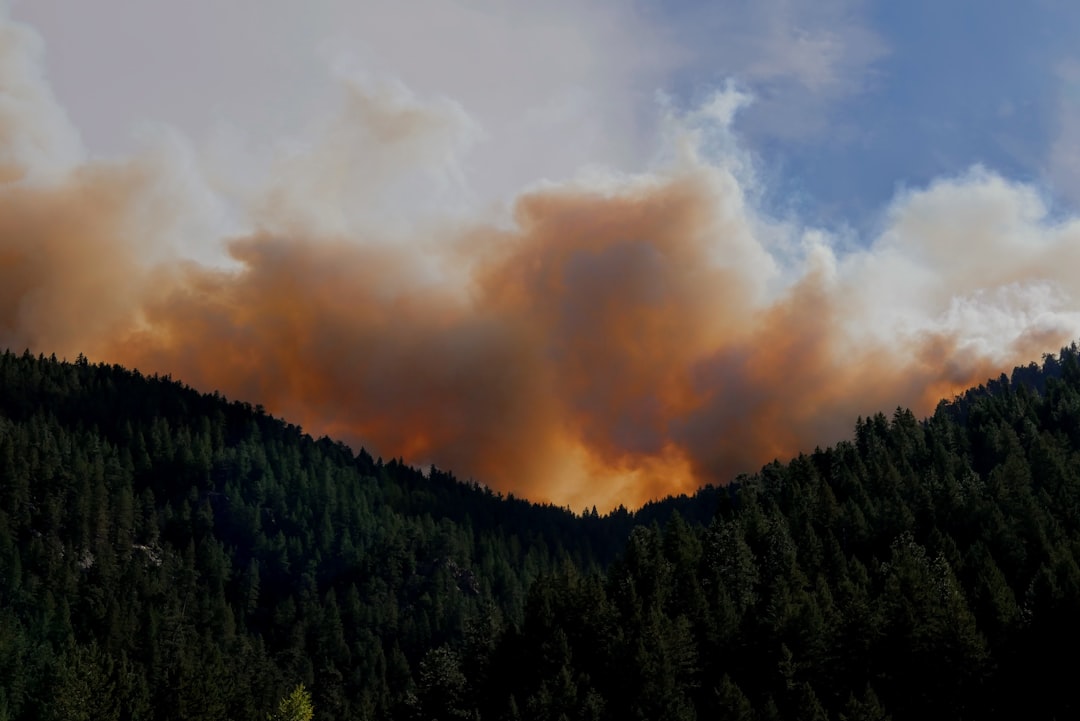
Colorado has witnessed a dramatic transformation in its fire landscape, with four of the state’s five largest wildfires in recorded history occurring between 2020 and 2024, according to the Colorado Department of Public Safety. The state’s fire season now begins in early spring and extends well into November, representing a 60-day extension compared to historical norms. Beetle-killed forests covering over 3.4 million acres have created massive fuel loads, while climate data shows average temperatures have risen 2.5°F since 1980. The 2024 fire season saw unprecedented winter fire activity, with December blazes occurring at elevations previously considered too cold for significant fire activity. Mountain pine beetle infestations, exacerbated by warmer winters, have transformed entire watersheds into ready-made kindling that burns with explosive intensity.
Montana: Big Sky, Bigger Fire Problems
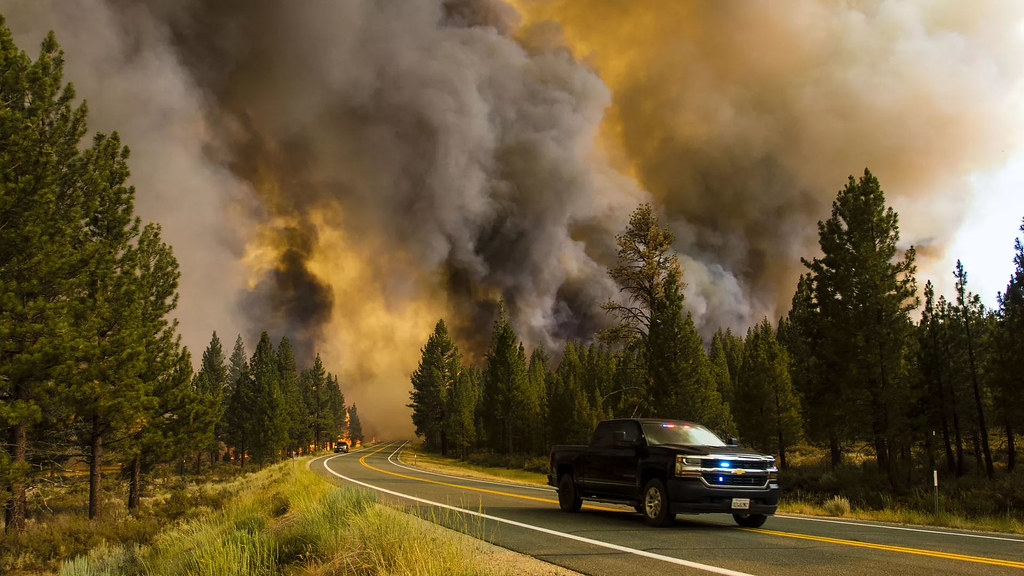
Montana’s wildfire situation has intensified dramatically, with the state experiencing a 400% increase in fires larger than 10,000 acres since 2010, based on data from the Montana Department of Natural Resources and Conservation. The 2024 fire season brought unprecedented challenges, including the Horse Gulch Fire which burned over 160,000 acres in just five days. Prolonged drought has reduced soil moisture to levels not seen since the Dust Bowl era, with some monitoring stations recording moisture content below 5%. Average summer temperatures have increased by 3.1°F over the past four decades, creating longer periods of critical fire weather. The state’s vast wilderness areas and limited road access make fire suppression extremely challenging, often allowing fires to grow unchecked for days before crews can establish effective containment lines.
Oregon: Pacific Northwest Paradise Turned Perilous
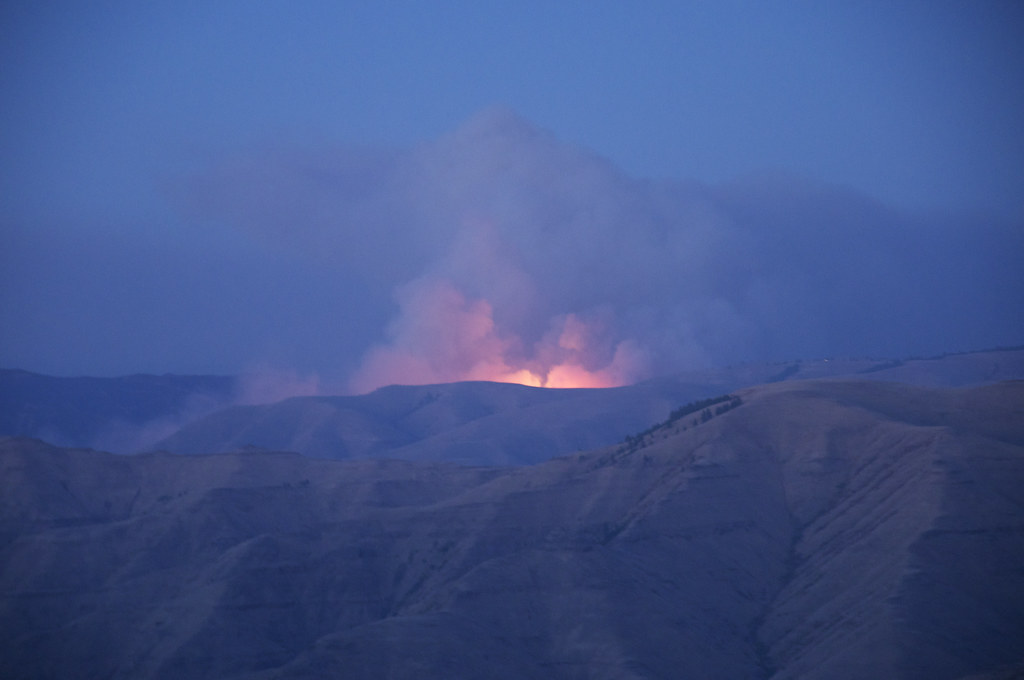
Oregon has experienced a complete shift in its fire regime, with the state recording six of its ten most destructive wildfires since 2020, according to Oregon Department of Forestry statistics. The devastating Labor Day fires of 2020 burned over 1 million acres in just 72 hours, demonstrating how quickly conditions can deteriorate. Climate research shows that Oregon’s traditional wet season has shortened by approximately 30 days, while summer temperatures regularly exceed historical averages by 8-12°F. The state’s dense forests, stressed by prolonged drought and insect damage, now contain fuel moisture levels consistently below critical thresholds. Eastern Oregon’s juniper woodlands have become particularly vulnerable, with these traditionally fire-resistant ecosystems now experiencing crown fires that completely destroy vegetation and soil structure.
Idaho: Gem State’s Fire Gem Shortage
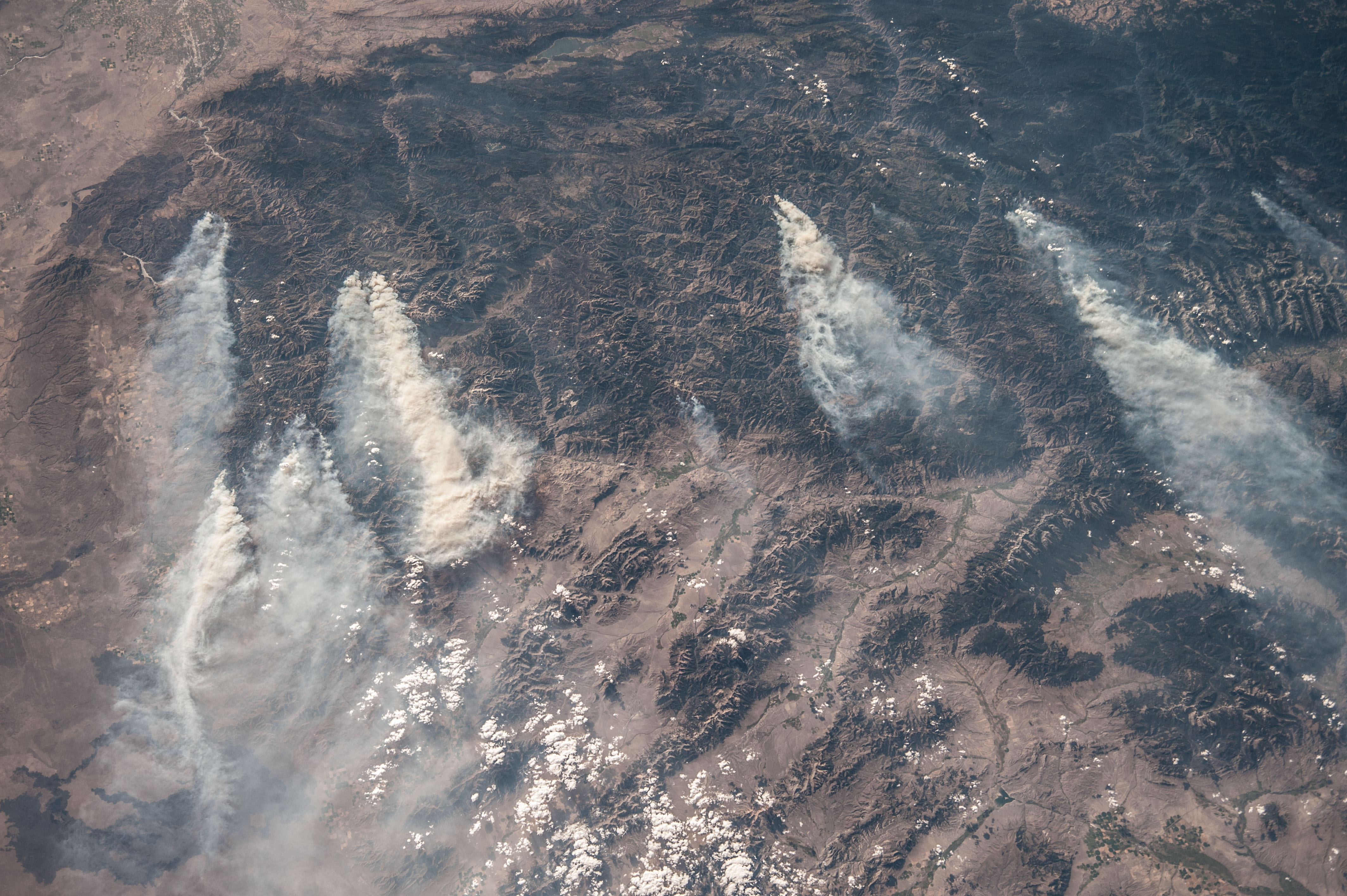
Idaho has emerged as a significant wildfire hotspot, experiencing a 180% increase in burned acreage from 2020 to 2024 compared to the previous five-year average, according to the Idaho Department of Lands. The state’s unique position between the Great Basin and Northern Rockies creates complex weather patterns that produce extreme fire conditions with little warning. Recent analysis shows that Idaho’s fire season has expanded by 45 days, with significant fires now occurring as early as April and extending into October. The 2024 Rabbit Foot Fire demonstrated the state’s new fire reality, consuming over 75,000 acres in sagebrush country that historically experienced only small, manageable blazes. Invasive cheatgrass has fundamentally altered fire cycles across southern Idaho, creating continuous fine fuels that allow fires to spread rapidly across previously natural firebreaks.
New Mexico: Land of Enchantment Facing Disenchanting Flames
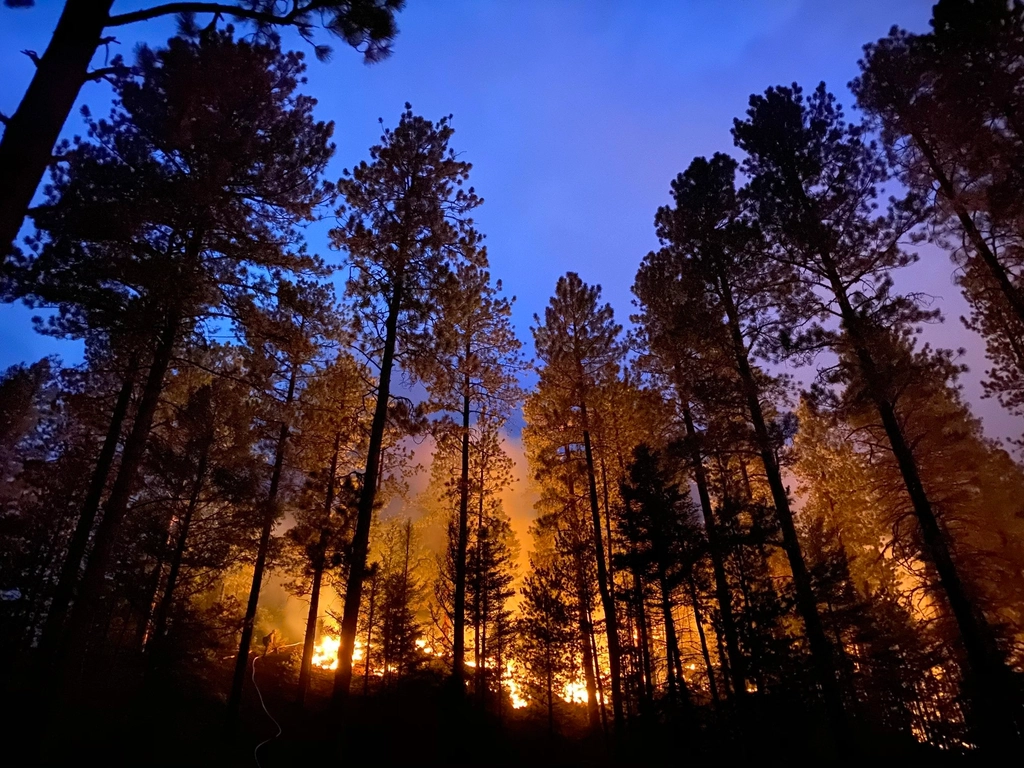
New Mexico has witnessed an alarming escalation in wildfire activity, with the state experiencing its three largest fires in recorded history between 2022 and 2024, according to New Mexico Forestry Division data. The Hermits Peak/Calf Canyon Fire complex burned over 341,000 acres in 2022, while severe drought conditions have persisted with over 80% of the state experiencing exceptional drought in 2024. Scientific studies indicate that New Mexico’s fire season has effectively become year-round, with significant fire activity recorded in every month of 2024. The state’s elevation diversity, ranging from desert lowlands to high mountain forests, creates multiple fire environments that can experience simultaneous extreme conditions. Climate projections suggest that New Mexico could see a 300% increase in large fire frequency by 2050, making current conditions potentially just the beginning of a long-term fire crisis.
Nevada: Silver State’s Golden Flames
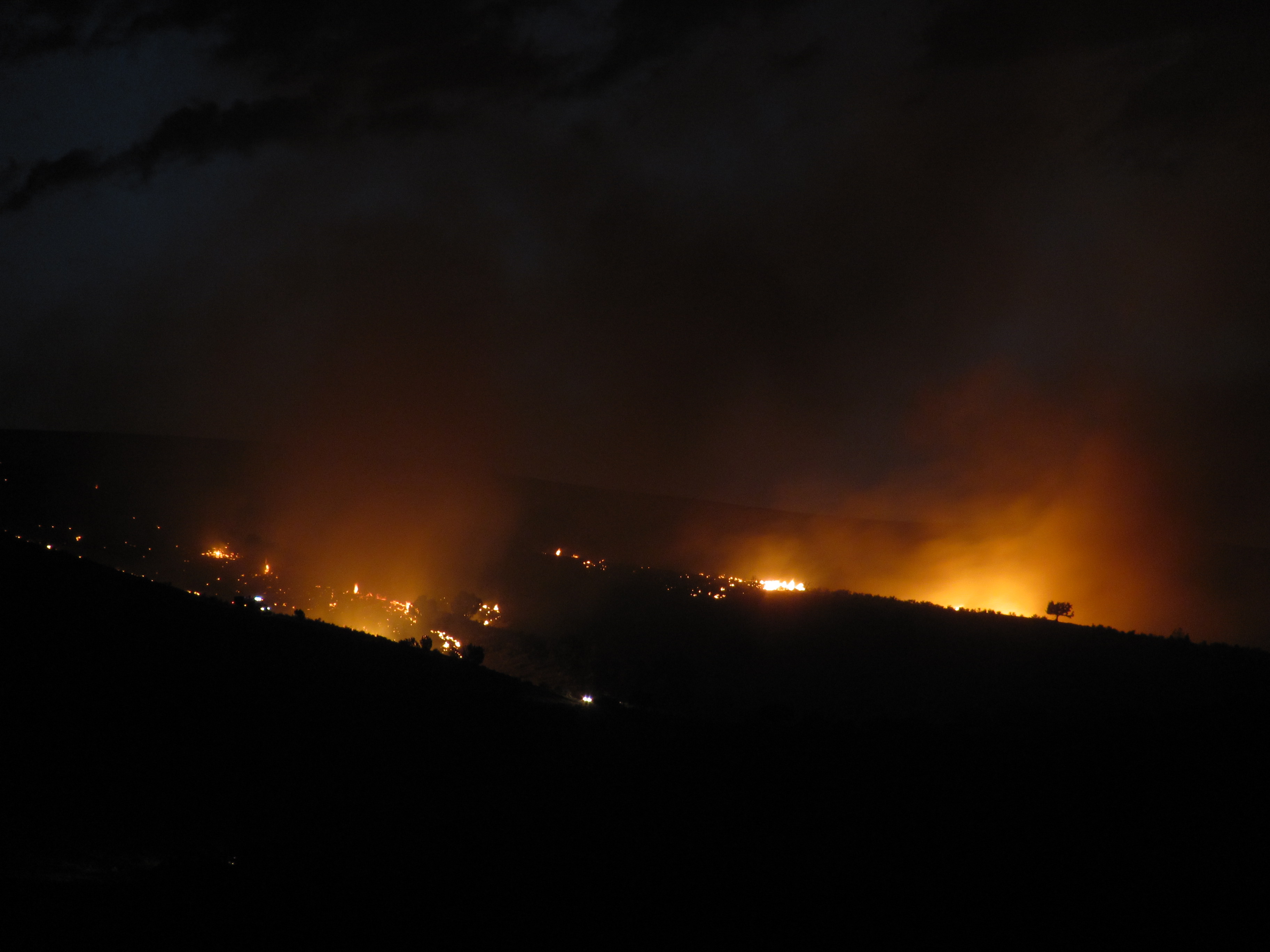
Nevada has experienced a remarkable transformation in wildfire patterns, with the state recording a 220% increase in fires exceeding 5,000 acres between 2015 and 2024, according to Nevada Division of Forestry data. The Great Basin ecosystem that dominates much of Nevada has become increasingly fire-prone due to invasive annual grasses that create continuous fuel beds across vast landscapes. The 2024 York Fire, which burned over 93,000 acres along the Nevada-California border, demonstrated how quickly fires can spread through previously stable desert ecosystems. Extreme heat events, with temperatures exceeding 115°F for extended periods, have created fire weather conditions in areas that historically rarely experienced significant wildfire activity. The state’s sparse population and limited firefighting infrastructure mean that fires can burn undetected for days, often reaching massive proportions before discovery and initial attack efforts begin.
Arizona: Desert State’s Surprising Fire Surge
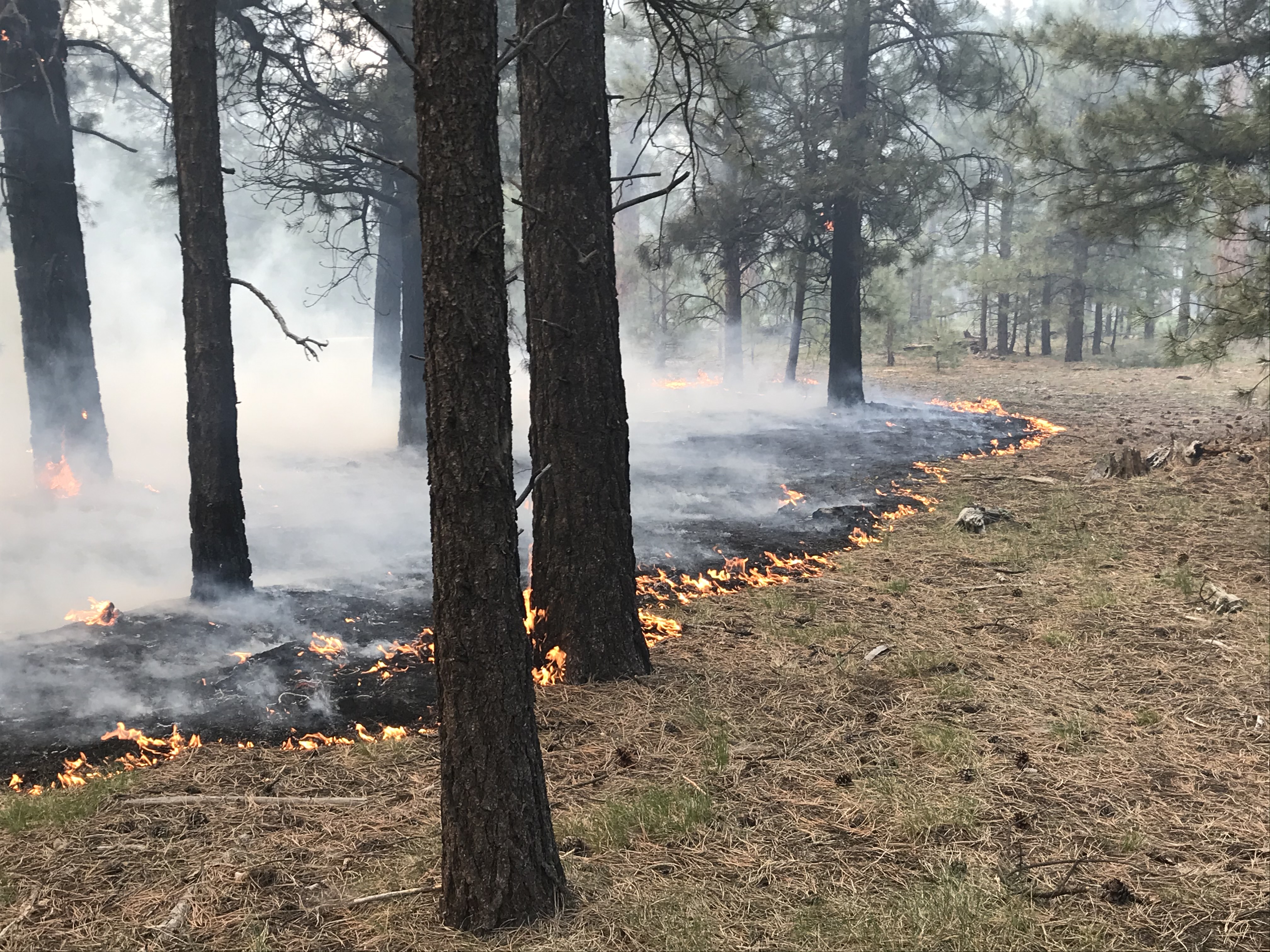
Arizona has defied expectations about desert fire activity, experiencing a 150% increase in wildfire incidents across diverse ecosystems from 2020 to 2024, based on Arizona Department of Forestry and Fire Management statistics. The state’s monsoon season, traditionally a period of fire suppression, has become increasingly unpredictable with some years receiving less than 50% of normal precipitation. High-elevation forests in northern Arizona have been particularly impacted, with the 2024 Pipeline Fire burning over 26,000 acres of ponderosa pine forest near Flagstaff. Climate data shows that Arizona’s fire season now extends nearly year-round in some regions, with significant fire activity recorded during traditional “safe” winter months. The interaction between extreme heat, prolonged drought, and invasive grass species has created new fire dynamics that challenge traditional firefighting strategies and forest management approaches across the state’s varied landscapes.
The Human Cost Behind the Statistics

The surge in wildfire risk across these eight states represents more than just burning acreage – it translates to real human impacts affecting millions of Americans. Over 46 million people now live in the wildland-urban interface zones most vulnerable to wildfire, with evacuation orders issued to more than 500,000 residents across these states in 2024 alone. Insurance companies have begun pulling out of high-risk markets, leaving homeowners with limited options and skyrocketing premiums that can exceed $10,000 annually in the most fire-prone areas. The economic toll extends beyond property damage, with firefighting costs exceeding $4.2 billion in 2024 across these eight states, according to National Interagency Fire Center data. Air quality impacts from these mega-fires now affect populations hundreds of miles away, with particulate matter from Western wildfires detected as far east as New York City during major fire events.
Technology and Science Racing Against Time
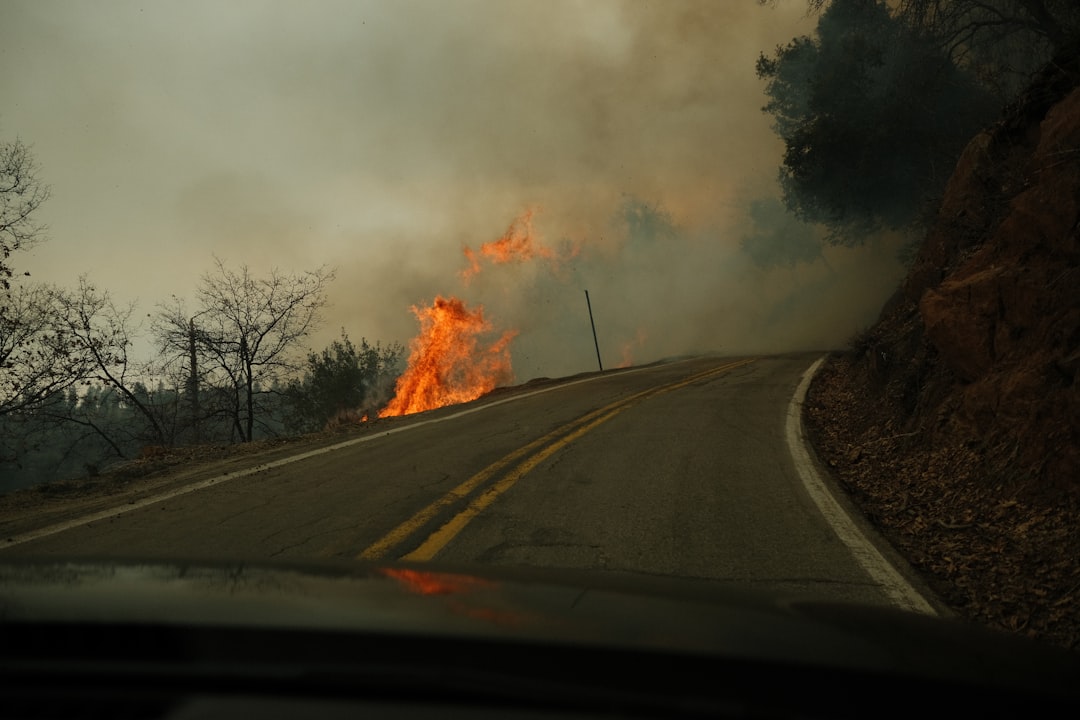
Advanced fire modeling and satellite technology are providing unprecedented insights into wildfire behavior, but the pace of change continues to outstrip predictive capabilities. NASA’s MODIS and VIIRS satellite systems now detect fires within hours of ignition, while AI-powered risk assessment tools can predict fire spread with 80% accuracy up to six hours in advance. However, the increasing frequency of “weather events of record” – conditions that exceed all historical data – means that even the most sophisticated models struggle to keep pace with rapidly evolving fire behavior. Research institutions across these eight states are working collaboratively on next-generation fire science, including studies of fire-atmosphere interactions and the development of new fire-resistant building materials. The integration of real-time weather data, fuel moisture sensors, and machine learning algorithms represents the cutting edge of wildfire prediction, yet scientists acknowledge that the fundamental challenge lies in the rapidly changing baseline conditions rather than technological limitations.
Looking Forward: What These Trends Mean
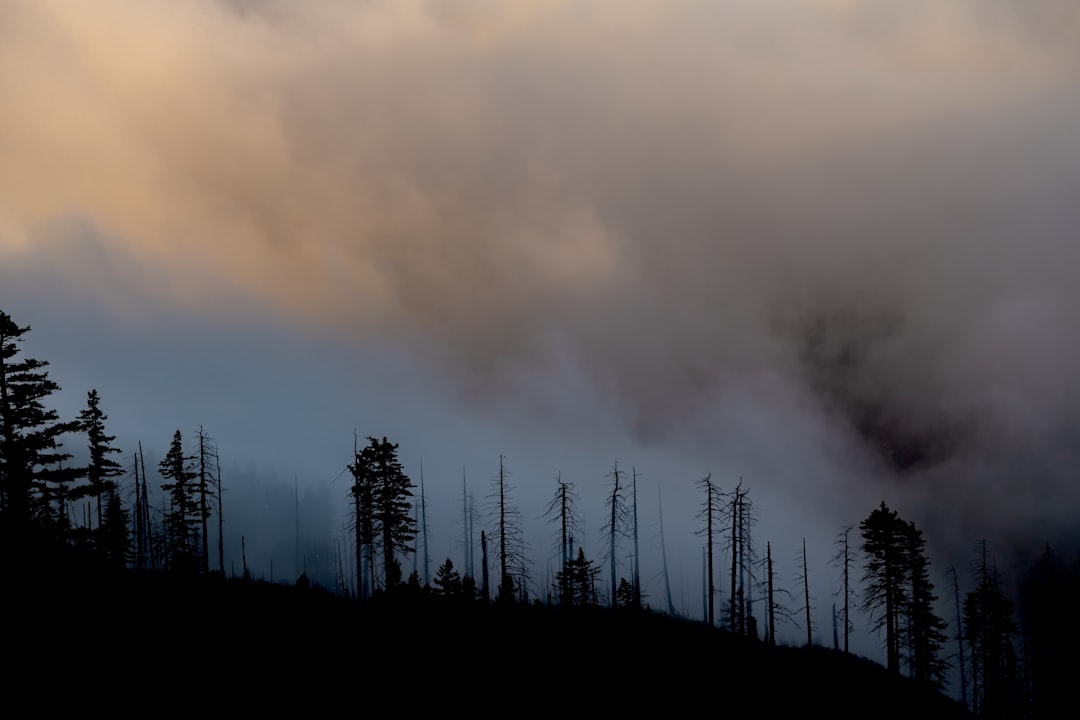
The wildfire surge across these eight states represents a fundamental shift in how fire interacts with American landscapes, communities, and economies. Current trends suggest that what we’re experiencing now may be the new baseline rather than a temporary crisis, with climate projections indicating continued intensification through at least 2050. The convergence of drought, heat, invasive species, and accumulated forest fuels has created conditions that will require decades of sustained management effort to address effectively. Communities in these fire-prone states are increasingly adopting year-round fire preparedness mindsets, with evacuation planning and home hardening becoming standard considerations in daily life. The challenge ahead involves not just fighting fires more effectively, but fundamentally reimagining how we live, build, and manage landscapes in an era of megafires that can reshape entire regions in a matter of days.



